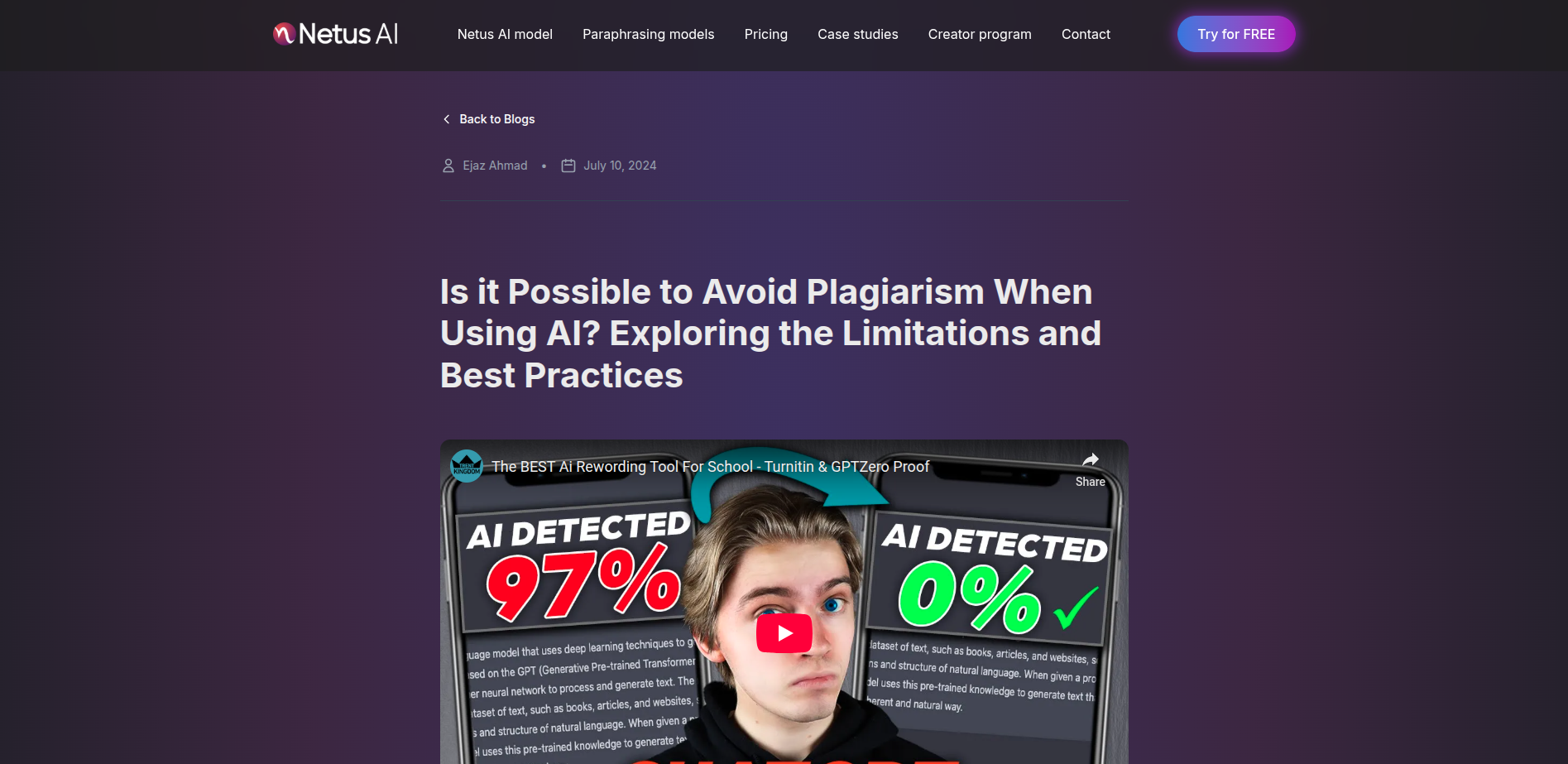Is it Possible to Avoid Plagiarism When Using AI? Exploring the Limitations and Best Practices
ai to avoid plagiarism
site:netus.ai
when working with sources a writer can avoid plagiarism by
ai and plagiarism
how to avoid ai plagiarism
how to avoid ai plagiarism detection
how to avoid plagiarism with ai
how to reduce ai plagiarism
is it plagiarism to use ai
is using ai plagiarism
Ashley Merit
Content writer and editor for Netus.AI
Table of Contents
Is it Possible to Avoid Plagiarism When Using AI? Plagiarism is a serious issue that has been around for centuries. With the rise of technology, it has become easier to copy and paste someone else’s work without giving credit. Artificial Intelligence (AI) is a powerful tool that has the potential to revolutionize the way we work, but it also raises concerns about plagiarism. Is it possible to avoid plagiarism when using AI?
AI is designed to learn from existing data and generate new content based on that data. This means that there is a risk of AI producing work that is similar or identical to existing work. This raises questions about whether AI can be used to create original work or whether it is simply a tool for copying existing work. Additionally, there is a concern that AI could be used to create fake news or propaganda, which could have serious consequences for society.
Understanding Plagiarism in the Age of AI
Defining Plagiarism and AI
Plagiarism is the act of using someone else’s work without giving them proper credit. With the rise of AI, the line between original and copied work has become blurred. AI tools have the ability to generate content that closely resembles human-written text, leading to concerns about plagiarism.
AI-generated content is not inherently plagiarized, but it can be if it is used without proper attribution. Plagiarism detection tools are available to help identify instances of plagiarism in AI-generated content. However, these tools are not foolproof and can sometimes miss instances of plagiarism.
The Role of AI Tools in Writing
AI tools can be used to enhance writing by providing suggestions for sentence structure, grammar, and vocabulary. However, there is a fine line between using AI tools to enhance writing and relying on them to do the writing for you.
The use of AI tools in writing raises ethical concerns about the integrity of the work and the originality of the content. It is important for writers to understand the limitations of AI tools and to use them responsibly.
Education is key in understanding how to use AI tools in a way that does not compromise the integrity of the work. Learning how to properly cite sources and give credit where credit is due is essential in avoiding plagiarism, whether the content is generated by AI or written by a human.
In conclusion, while AI has the potential to revolutionize the way we write, it is important to understand the ethical implications of using AI tools in writing. By using these tools responsibly and understanding the importance of originality and integrity, writers can avoid plagiarism and produce high-quality content.
Ethical Considerations and Academic Integrity
Promoting Ethical Use of AI Writing Tools
As AI writing tools become increasingly popular, it is important to promote ethical use of these tools. This includes ensuring that the AI-generated content is original and not plagiarized. To achieve this, it is essential to educate students and users on the importance of proper citation and attribution when using AI writing tools.
AI writing tools should also be designed to prioritize academic integrity. For example, some AI writing tools come with built-in plagiarism detection features to help users avoid inadvertently plagiarizing content. Additionally, these tools can be programmed to provide suggestions for proper citation and attribution.
Maintaining Academic Integrity with AI Assistance
While AI writing tools can be a useful tool for students, it is important to maintain academic integrity when using them. This means that students should not rely solely on AI-generated content and should instead use it as a supplement to their own research and writing.
To maintain academic integrity, students should also ensure that the AI-generated content is properly cited and attributed. This includes using proper citation styles and accurately citing sources. It is also important to carefully review and edit any AI-generated content to ensure that it aligns with the student’s own writing style and voice.
In conclusion, while AI writing tools can be a valuable resource for students, it is essential to promote ethical use of these tools and maintain academic integrity. By providing education on proper citation and attribution and designing AI writing tools with academic integrity in mind, we can ensure that these tools are used ethically and responsibly.
Technological Measures to Detect and Prevent Plagiarism
Plagiarism Detection Algorithms
Plagiarism detection algorithms have been around for years, and they are continually evolving to keep up with the latest trends in plagiarism. These algorithms use a variety of techniques to identify similarities between texts and determine if plagiarism has occurred.
One common technique is to compare the text to a large database of previously published works, looking for exact or near-exact matches. Another technique is to analyze the structure and syntax of the text to identify patterns that may indicate plagiarism.
AI-powered plagiarism detectors have taken this a step further by using machine learning algorithms to identify more subtle forms of plagiarism, such as paraphrasing and rewording. These algorithms can analyze the context and meaning of the text to determine if it has been copied from another source, even if the wording has been changed.
Advancements in AI Detection Tools
Advancements in AI detection tools have made it easier than ever to detect and prevent plagiarism. These tools use natural language processing and machine learning algorithms to analyze text and identify potential instances of plagiarism.
One example of an AI-powered plagiarism detector is Turnitin, which is used by many universities and academic institutions to check student papers for plagiarism. Turnitin uses machine learning algorithms to compare student papers to a vast database of previously published works, looking for similarities in wording and structure.
Another example is Grammarly, which uses AI-powered algorithms to check for plagiarism as well as grammar and spelling errors. Grammarly can identify potential instances of plagiarism by comparing the text to a vast database of published works and flagging any similarities.
Overall, technological measures such as plagiarism detection algorithms and AI-powered detection tools have made it easier than ever to detect and prevent plagiarism. While no system is perfect, these tools can help ensure that academic and professional work is original and free from plagiarism.
Best Practices for Citing and Creating Original Content
Effective Paraphrasing and Quoting
One of the best ways to avoid plagiarism when using AI is to effectively paraphrase and quote sources. Paraphrasing involves restating an idea in your own words, while quoting involves directly using the words of another source. Both methods require proper attribution and citation to avoid plagiarism.
When paraphrasing, it is important to ensure that the new text is not too similar to the original source. One way to do this is to read the original text and then write the new text without looking at the original. This helps to ensure that the new text is in the writer’s own words and not simply a rewording of the original.
When quoting, it is important to use quotation marks and provide a citation for the source. This helps to clearly indicate that the words are not the writer’s own and gives credit to the original source.
Ensuring Proper Attribution and Transparency
Another important aspect of avoiding plagiarism when using AI is ensuring proper attribution and transparency. This involves clearly indicating which ideas and words are original and which are from external sources.
One way to do this is to use in-text citations or footnotes to indicate the source of a particular idea or quote. This helps to provide transparency and give credit to the original source.
It is also important to properly format citations and references in a consistent and accurate manner. This can be done using citation styles such as APA, MLA, or Chicago, which provide guidelines for citing sources in a standardized way.
By following these best practices for citing and creating original content, writers can avoid plagiarism and ensure that their work is both original and transparent.
The Future of AI in Education and Content Creation
Predictions for AI’s Role in Academic Writing
As AI technology continues to advance, it is expected to play an increasingly significant role in academic writing. One prediction is that AI will become a valuable tool for students and educators alike, helping to improve the quality of writing and reduce the risk of plagiarism.
AI-powered writing assistants can already suggest improvements to grammar, syntax, and vocabulary, and even offer suggestions for more effective sentence structures. In the future, it is likely that AI will become even more sophisticated, offering students and educators an even broader range of suggestions and feedback.
Furthermore, AI is expected to become an integral part of the writing process, helping to streamline the research and drafting phases. With the ability to analyze vast amounts of data and identify patterns, AI can help writers identify relevant sources and develop more compelling arguments.
Evolving Policies and Oversight in Institutions
As AI becomes more prevalent in education and content creation, it is important for institutions to develop policies and oversight mechanisms to ensure the ethical use of this technology. This includes developing guidelines for the use of AI in academic writing and ensuring that students are properly trained in its use.
In addition, universities and schools must develop oversight mechanisms to ensure that AI-generated content is original and free from plagiarism. This can include the use of plagiarism detection software, as well as manual review by educators and administrators.
As AI continues to evolve and become more sophisticated, it is important for institutions to stay abreast of these developments and adapt their policies and oversight mechanisms accordingly. By doing so, they can help ensure that AI is used ethically and responsibly in education and content creation.
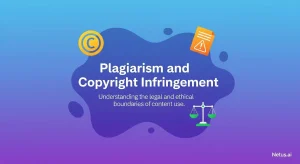
Plagiarism and copyright infringement | NetusAI
Plagiarism and copyright infringement Writers along with academic folks and students really need to steer clear of plagiarism and copyright infringement. They do this to
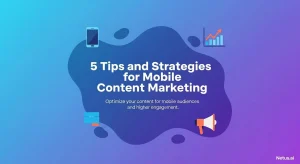
Tips and strategies for mobile content marketing | NetusAI
5 Tips and strategies for mobile content marketing Mobile content really matters a lot these days. Pretty much 98 percent of adults in the U.S.
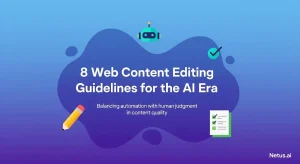
Web content editing guidelines for the AI era | NetusAI
8 Web content editing guidelines for the AI era Editing web content turns out to be pretty tough, especially when generative AI gets involved in
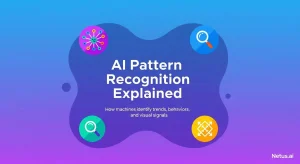
Explaining AI pattern recognition | NetusAI
AI pattern recognition explained Pattern recognition in AI really forms the backbone of what we see in artificial intelligence today. It allows machines to spot
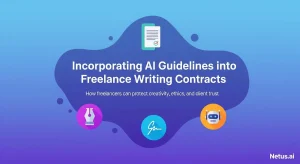
AI Guidelines in Freelance Writing Contracts | NetusAI
Incorporating AI guidelines into freelance writing contracts With AI content prevalent and ranking high on Google, freelance writing contracts must include AI guidelines. This is
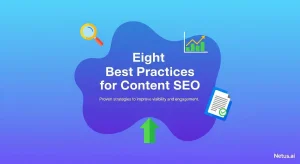
Best practices for content SEO | NetusAI
Eight best practices for content SEO Content has to show up and grab attention if it wants to do well. Content SEO takes care of

